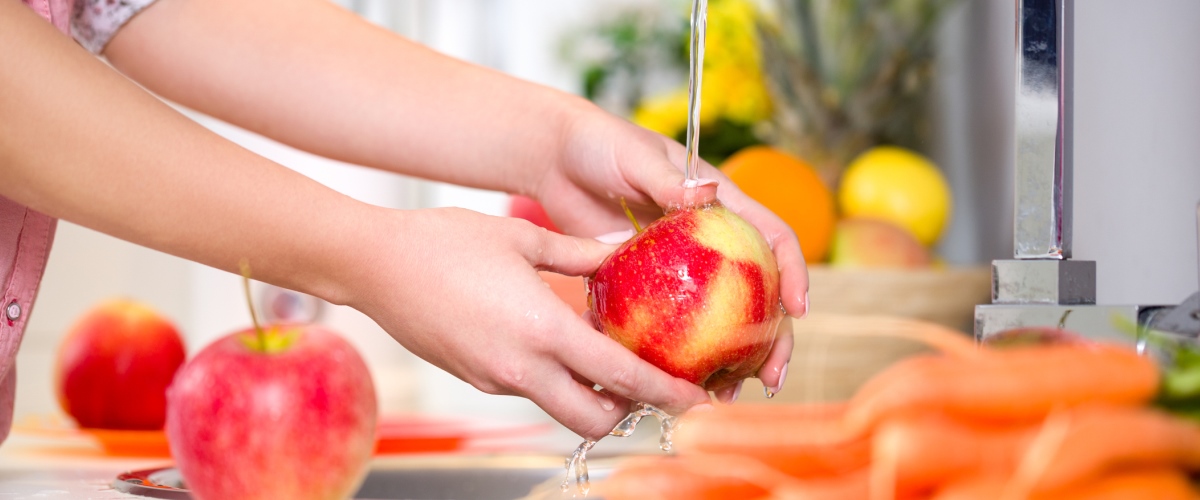4 food safety rules for cancer patients

During the cancer treatment process, treatments like radiation or chemotherapy can weaken the body’s immune system by affecting the blood cells that protect against disease and germs, a condition known as neutropenia. This means that your body will not be able to fight infections as well as a healthy individual’s body would.
Because of this weakened immune system, cancer patients are at a higher risk to develop foodborne illnesses, which can caused by foods that contain harmful bacteria, parasites or viruses, also known as pathogens.
Your doctor may recommend specific food-handling practices to avoid foodborne illnesses, but you should always remember to clean, separate, cook and chill. Read more below about the four steps to follow for food safety.
1. Clean
Wash hands and surfaces often. Cleanliness is an important step toward food safety. Wash your hands with soap and warm water for at least 20 seconds after handling food, using the bathroom, changing diapers and handling pets. Cutting boards, dishes, utensils and counters should be washed with hot, soapy water after each use. We recommend using paper towels to clean these surfaces. If you do use cloth towels to clean, wash them frequently in the hot cycle. Wash your fruits and vegetables under running water, even those with skins that are not eaten. Don’t use soap, but consider using a clean produce brush for foods with firm skins. Do not wash meat, poultry or eggs, as doing so can spread bacteria and increase risk for cross-contamination of foods.
2. Separate
Separate raw meats from other foods. Use separate cutting boards and plates for produce and for meat, poultry and eggs. Whether they’re in the grocery or your fridge, be sure to keep meat, poultry and eggs separate from all other foods.
3. Cook
Cook foods to safe temperatures. Use a food thermometer to determine if your food has been cooked to a safe minimum internal temperature to destroy harmful bacteria (This table indicates minimum cooking temperatures for a variety of food). Eggs must be cooked until the yolk and white are both firm. Foods can be microwaved, but they must be stirred in the middle of heating, then microwaved thoroughly to reach a minimum internal temperature of 165°F. Before you check the internal temperature, allow food to finish cooking by letting it sit for a few minutes after microwaving is complete. You can reheat sauces, soups and gravies by bringing them to a boil.
4. Chill
Refrigerate foods promptly. Keep your refrigerator temperature at or below 40°F and your freezer temperature at or below 0°F. Perishable foods should be refrigerated or frozen within two hours of cooking or buying. Never thaw food on the counter; instead do so in the fridge or microwave or in cold water. If your food is not thawed in a fridge, it must be cooked immediately. And be aware of when food should be thrown out – this table lists safe refrigerator and freezer times for many common foods.
Make sure to ask your physician or healthcare provider to determine if you should be following these guidelines, if there are any other foods or products that you should avoid, and any other questions related to diet restrictions.
References: U.S. Department of Human Health Services, Food Safety For Cancer Patients; U.S. Food and Drug Administration, Safe Food Handling: What You Need to Know.




